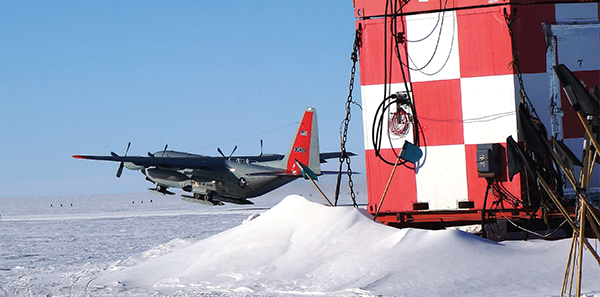
Following our dental protocol, I then sent the films and a short description to our consulting dentist, who had taught me some dentistry before he finished his annual six-week stint at the station. I then called him to discuss various options to buy time until the patient left the station three weeks later: analgesics and antibiotics coupled with mechanically adjusting the bite by using “articulation paper” to mark the high spots and then grinding them down. We assumed that once he got back to civilization, his dentist could determine if a root canal was possible or if he would need an extraction. When told of these options, the patient unexpectedly chose immediate extraction. He’d had enough problems with that tooth, and he just wanted it gone.
Explore This Issue
ACEP Now: Vol 35 – No 05 – May 2016While I’ve extracted teeth in resource-poor settings, this was the first time that I would do it using professional instruments and with the expectation that the level of care would be the same quality as from a real dentist. No worries, as our Kiwi neighbors say. I turned on the power, air, and vacuum for our dental instruments, then positioned the dental chair and rooted through the mass of tools to find the special high-pressure lidocaine syringe for effective apical tooth infiltration, periosteal elevators, and the correct dental forceps. (I chose the latter almost correctly, using a 53R designed for the right side rather than the 53L that is normally used on the left.) With my physician assistant as my dental assistant, I cut the periodontal ligaments and gently rocked the tooth, similar to removing a post from a muddy hole. After about eight minutes, it came out—intact. Everyone, especially the patient, was very pleased with the result.
Playing the odds, I assume that my next dental case will be either replacing a crown (cap) or placing a filling. I can’t wait! But that’s medicine on The Ice.
Dr. Iserson is professor emeritus of emergency medicine at The University of Arizona in Tucson.
Pages: 1 2 3 | Single Page





One Response to “Fun, Friends, Flexible Hours Part of Providing Medical Care in Antarctica”
November 27, 2019
Lori PartonMy name is Lori Parton. I am ardms registered in ultrasound in abdomen, OB, high risk OB, cardiac, vascular, and I am a registered Radiology technologist. I have 25 + years experience and have my own ultrasound machine … Seimens Antares XP. How do I serve a term in Antarctica?